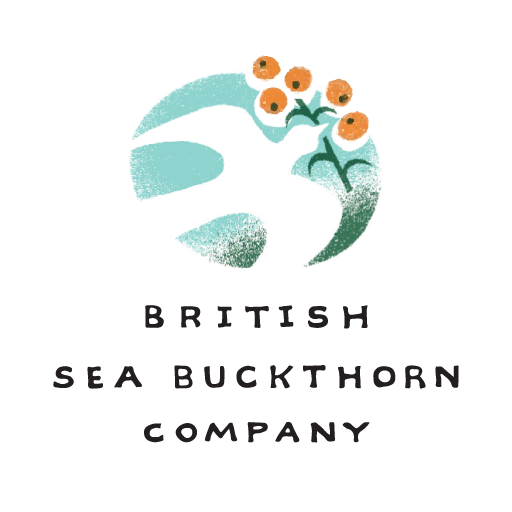Time I keep reminding myself is my most valuable asset, but often I waste it.
Spring and early summer we know in our gardens is a time for battling with weeds. Trying to remain organic does not help this issue. I set myself a task this month to weed 100 plants a day. The task started well because there had been 8mm of rain at the weekend. With our clay soils and hot weather, after four days the soil baked and my 100 plants a day dropped to 60, as I set myself the job for first in the morning before breakfast. This morning we had another 3mm of rain and again it has become easy to pull thistles. But in the process of this I also contemplate that although I am pulling up 150mm or more of root with each one – there must be a huge network of roots beneath the surface waiting to produce the next wave of weed invasion. So what do I take from this? I have to admit that the sea buckthorn will not look pristine and weed free. It hurts my pride, but probably not too much yield. It is certainly better where I have applied the compost mulch. In real terms this comes back to time management and accepting that one must prioritise what is most productive and not waste time on trying for perfection.
Talking of invasion, today is Waterloo day. Two hundred years ago Napoleon Bonaparte’s army that had been a thorn in the side of Europe and Russia for fifteen years was finally defeated. In the UK it is seen as a British victory, but without allies the result might well have been different. Certainly the intervention of the Prussian army made all the difference. It proved that partnerships are valuable, but it is a sad reflection on the human race that we are still causing immeasureable suffering by inflicting war upon the world. 59 million refugees currently on the move in the world. It is no wonder that the UK is a popular destination when we have been privileged to have been free from invasion; civil disruption; economic chaos and able to carry on our lives without fear.
Back to sea buckthorn – I have another invasion to deal with – rooks. The traditional way would be shooting. There are sophisticated methods using loud audio systems that send bird distress calls across the site. There are less sophisticated methods. The enemy – if that is how I can describe them are intelligent. But I have to stop myself there. They clearly have intelligence and understand how to measure the risk of coming to steal my berries. This intelligence should not be measured in human terms. I used to consider that they would work out that any counter measure that I used that did not physically hurt them would not deter them. But a daily change of method does seem to be working.
Basic scarecrows of a single stake in the ground with an old yellow waterproof jacket on it seems to have some effect.
A more sophisticated version is an unturned bucket. A cross of wood is then bolted across its base fitted with old CDs at the end of each arm. The upturned bucket is then dropped onto a bolt fitted into the end of a stake that has been driven into the ground. The CDs at the end of each arm catch the wind and the bucket rotates. Add to that two 3 m strips of hologram silver tape and the whole thing can be seen from a way off. These “scarecrows” I move around each day. Alongside, 3m of flexible drain rods pushed into a base made from old electric cable drums with the silver tape attached providing some added flags of fluttering tape. Additionally I have a hawk kite held aloft by 6m of carbon fibre ex-fishing rod pole. When all else fails – I will start to use rockets to fire over the top of the rooks when they are crowding up on a neighbouring field, waiting to hop over the fence. All this of course takes time. But having lost all the berries last year to these pests, I am leaving little to chance.
Next issue is going to be sea buckthorn fly and the spotted winged fruit fly. The end of June is the period to monitor the appearance of these pests. I will leave this problem to my next blog.

